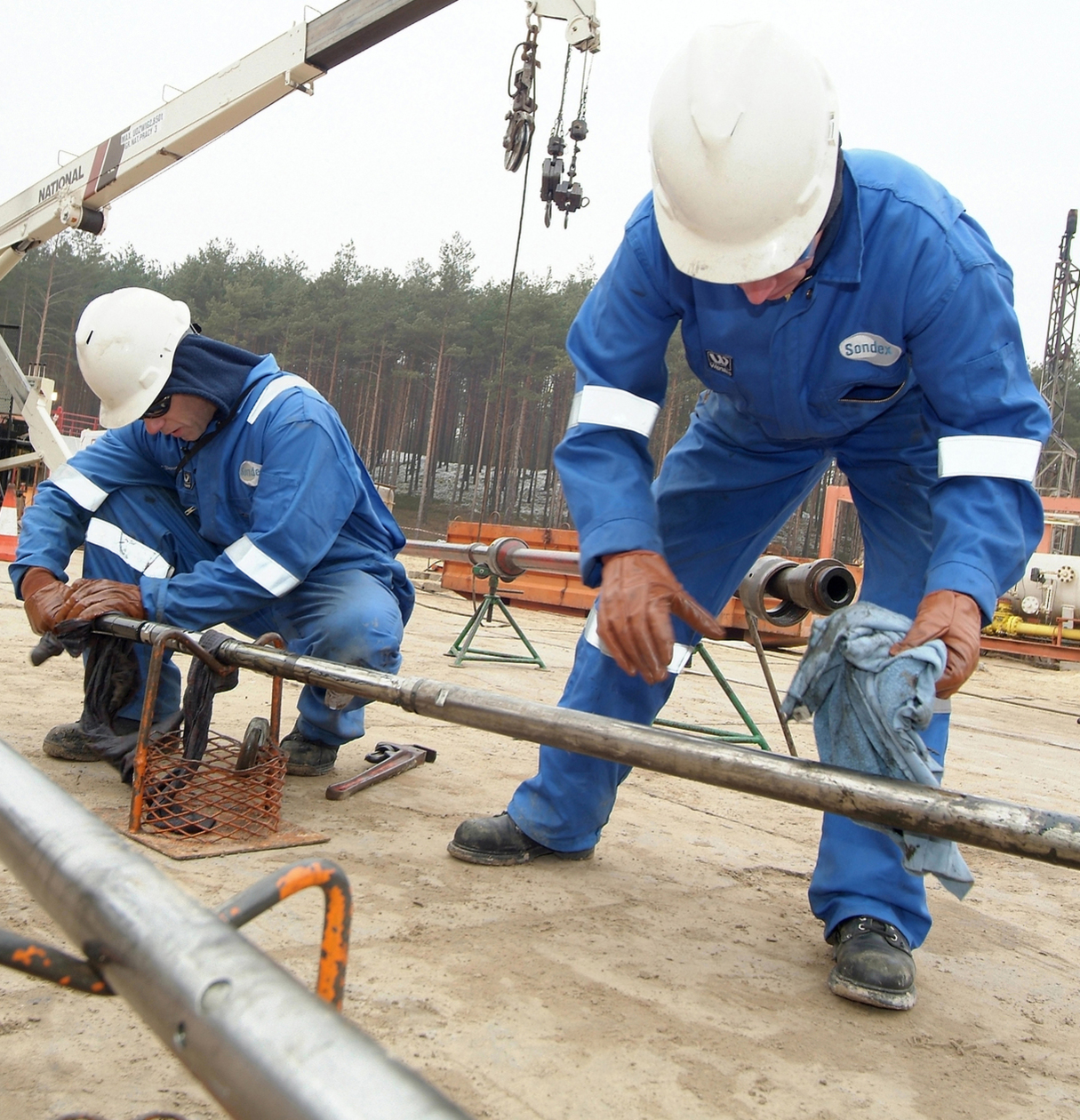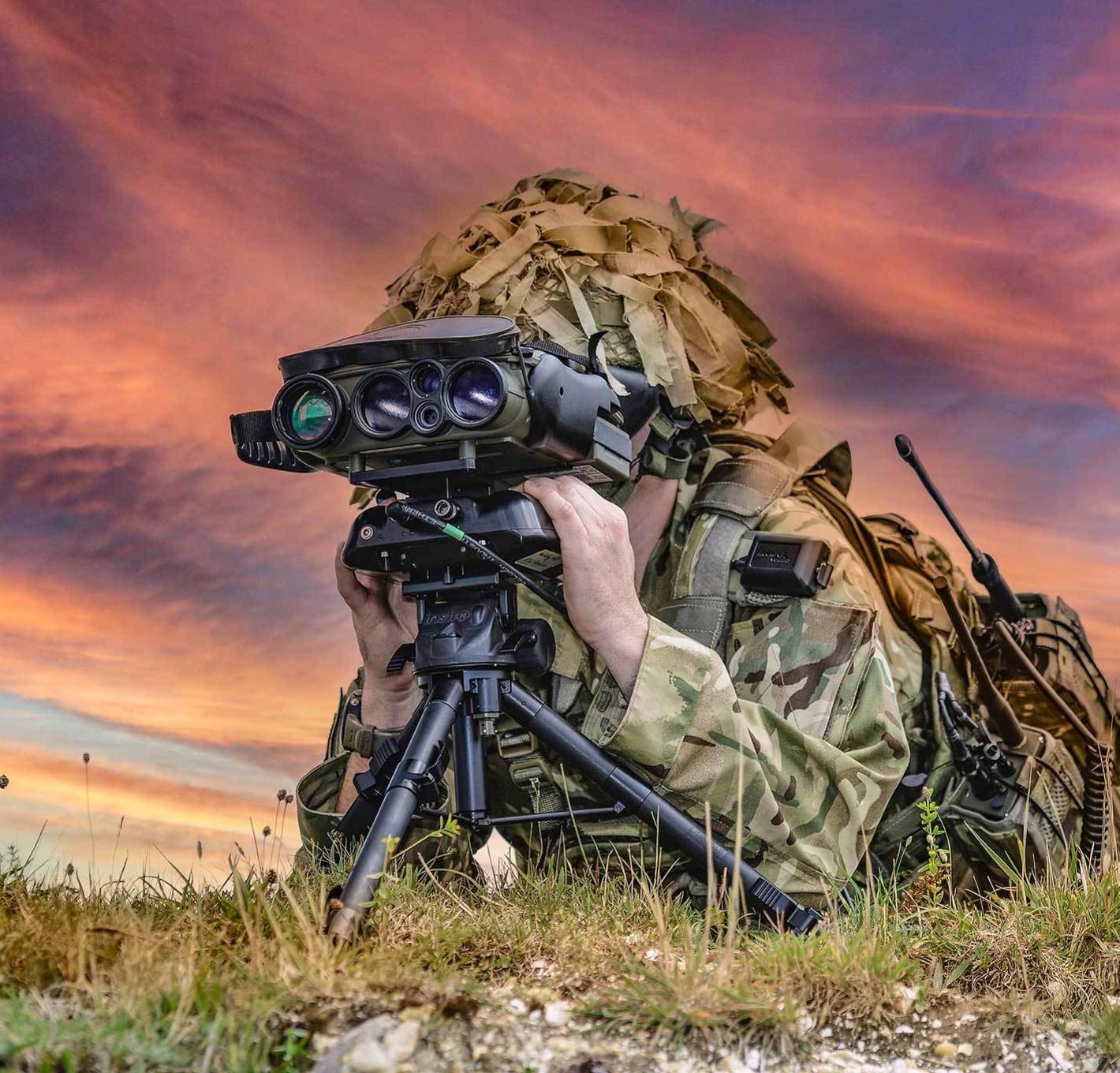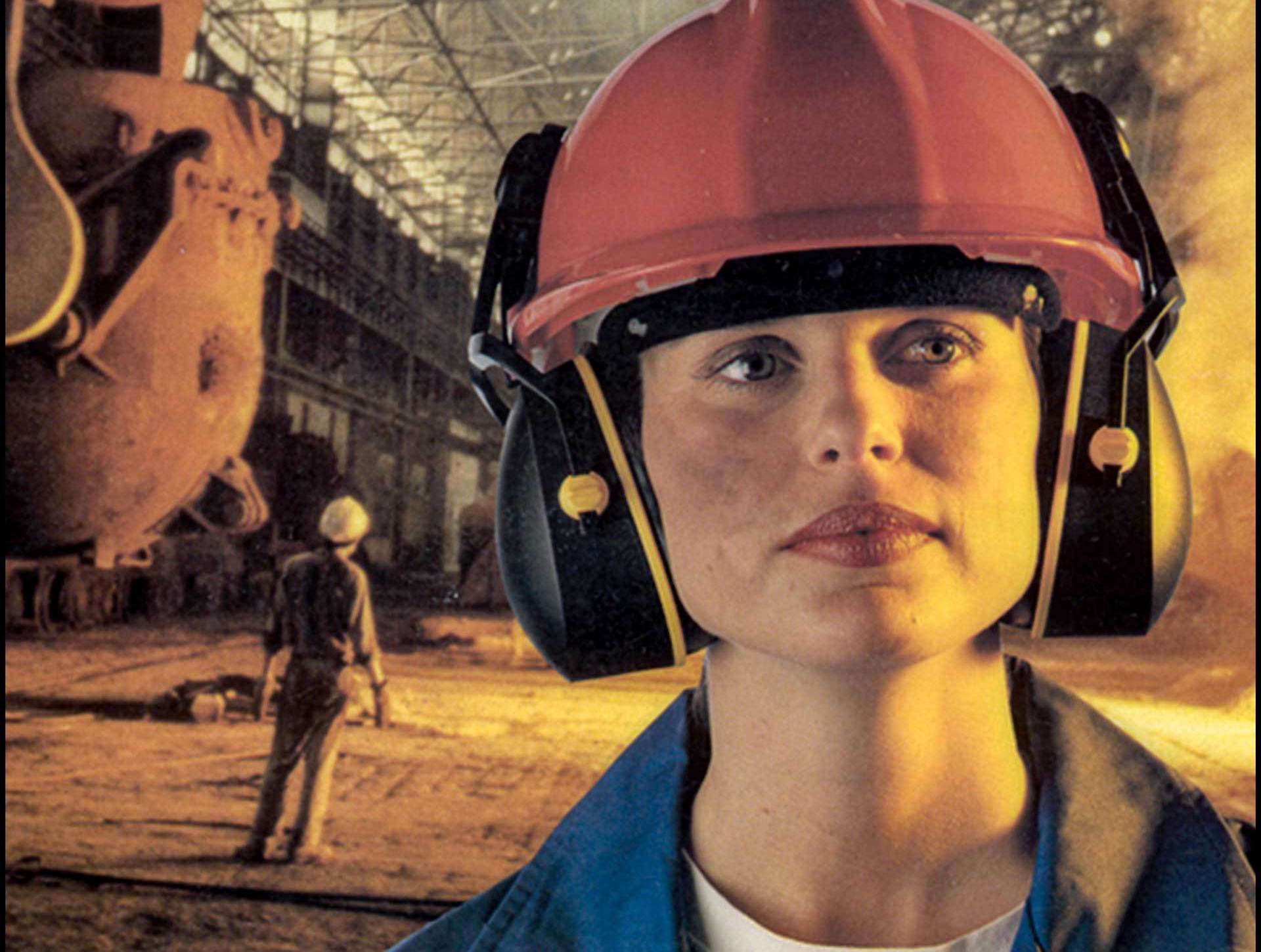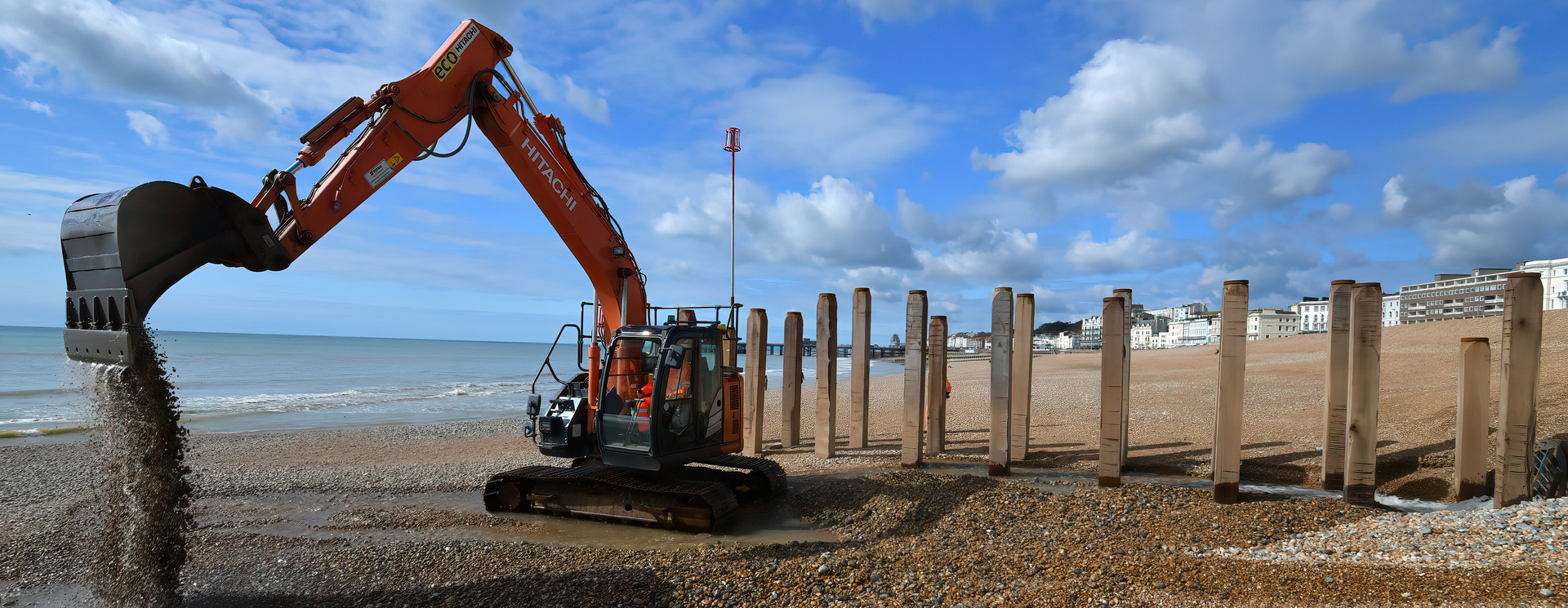Commercial Location Photography: All You Need to Know
Posted on 3rd July 2023 at 17:20
When a commercial photographer conducts a shoot in their photography studio, they have control of almost every aspect.
Any business owner or marketing professional requiring professional photography services will be aware of this if the photographer will be shooting in-house.
However, what about location photography? To put it bluntly, it’s a little more unpredictable for both the subject and the photographer.
This guide explains all you need to know about location photography, what’s involved with it, how to maximise your investment with it and how I, as a commercial photographer in Berkshire, can be of value to your business and marketing.
What is Location Photography?
Location photography requires the photographer to take their equipment to one or multiple remote sites wherever needed. This doesn’t just include the photographer’s camera(s), but also the lighting kit, props and other equipment, which can weigh up significantly.
Being out on location can often be unconventional for some professional photographers, given the uncertainty and lack of control over external factors. Many professionals see location photography as a type of photography requiring a lot of attention, quick-thinking, planning, health and safety considerations, and decisiveness.
Some studio photographers prefer to have more control over variables such as lighting adjustments and temperature inside the studio. Location photographers are used to adverse weather, lighting on location, negotiating travel and safety challenges.

Choosing the Perfect Photoshoot Location
Shoot locations are the most important part of any location photography assignment, often making or breaking a marketing campaign. The site itself may well be a subject of interest, or it may simply add value to another element in the location shoot. That said, the area itself is crucial to the photography objectives.
Before deciding on a location, the photographer must define these objectives. Often this will involve liaising with yourself as a business owner to mutually agree on the aims of the location shoot. Therefore, you should ask yourself a few critical questions:
What features in your location should be emphasised?
Will your shoot involve an indoor or outdoor area?
What is the size and scope of the shoot?
What time of day will best suit the photography location?
How will you address people who live or work in a location, and who may unintentionally interfere with the process?
Giving plenty of thought and consideration into planning the perfect location will help save time, costs and ensure a smooth operation all around.

Choosing the Best Images
Once a site has been chosen, it’s down to the professional photographer to find its best angles to capture images or abstract ideas.
For example, suppose you’re looking to capture the ambience of an ancient, historic building. In that case, you may want to consider processing stylistic and high-quality shots of the grounds, eroded walls, worn-out signs, uneven staircases, derelict rooms and so on.
It’s pretty unlikely that a commercial photography expert will be able to capture everything through photography. However, being selective and choosing a few engaging images will make up for ones that lack that desired lustre.
Making the Most of Photography Lighting
It’s imperative to use the available lighting in conjunction with artificial lighting as best you can, particularly if shooting outdoors. The best way to utilise lighting to its fullest potential is to be adaptable and flexible, while strictly adhering to a specific time when the opportunity is right. It’s about striking the right balance to ensure you get the most out of your photography lighting.
The ‘golden hour’ (sometimes called the ‘magic hour’) is that period of time just before sunset or after sunrise, where there is a warm, reddish glow in the sky. The sky’s brightness matches that of the scenery, which makes for exquisite natural photography shots.

Making the Most of Photography Lighting
Failing to obtain the correct permission to take pictures in a specific location may cause some problems for the advertising photographer as well as the client. At worst, it could put lives in danger; at best, it may just be an inconvenience.
Health and safety should always be the most important concern in any location photography shoot. You should always ensure you have close access to food, water, shelter and medical care wherever your location, whilst also remaining mindful of extreme weather conditions that fall outside of your control. Remind yourself of the weather forecast and ensure the clothing and footwear you and your photographer wear are suitable.
Professional Location Photographer in Berkshire
Commercial, advertising and product photography experts like myself can conduct shoots in-house or on location. I find these challenges rewarding and embrace them with open arms (within reason!)
If you are interested in the types of photography services I provide, from corporate headshots and business portraits to location shoots for the construction, engineering, tech and manufacturing industries, please contact me.
I’m a photographer based in Reading but can come to locations across the Thames Valley and South East.
Tagged as: Commercial Photography, Location Photography
Share this post:



